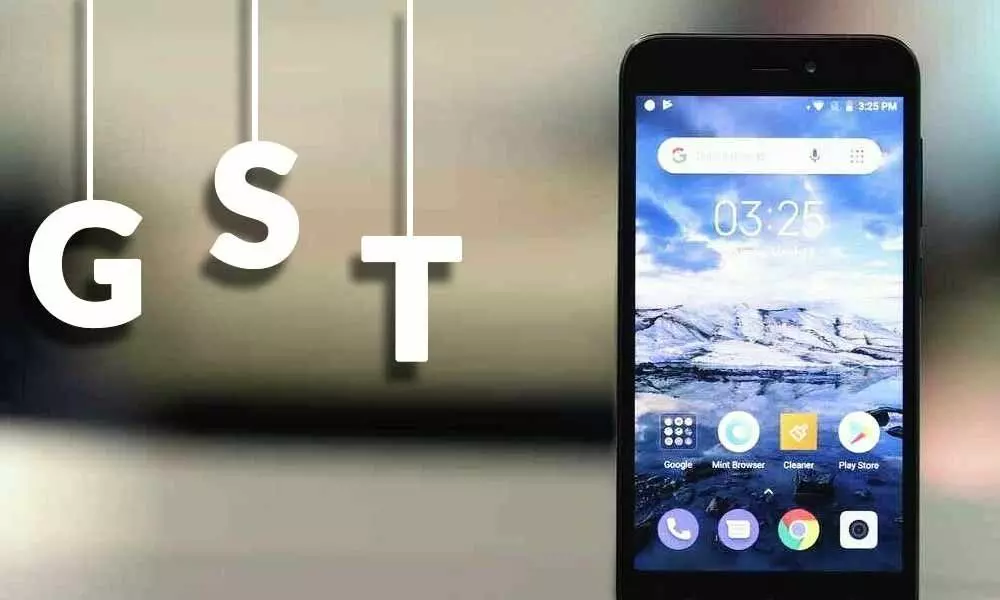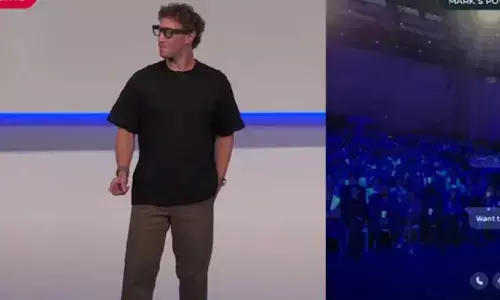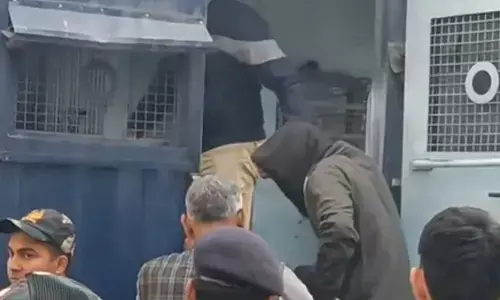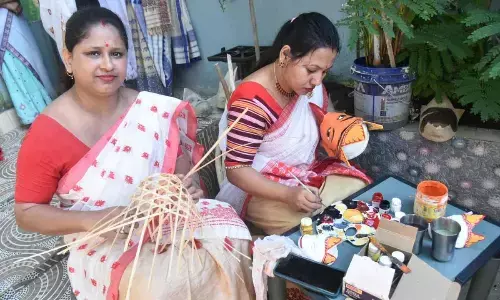Cellphones, garments to become dearer

GST Council may hike tax to 18% on March 14
New Delhi: GST rates on mobile phones, fertilisers, man-made fabrics and garments are likely to be hiked to 18 per cent in the next GST Council meeting on March 14.
Experts said the rate hike would improve working capital position of the manufactures as it would correct the inverted duty structure, but may lead to increase in price of the finished goods. Currently, under the goods and services tax (GST), certain manufactured goods attract a tax rate of five per cent or 12 per cent while their inputs, input services and capital goods attract GST at the higher rate of 18 per cent or 28 per cent.
The manufacturers have to claim a refund of accumulated input tax credit (ITC) where the tax rate on input is higher than the finished goods. According to sources, the refund claimed on account of inverted rate structure is about Rs 20,000 crore per year and there is a need to correct this anomaly. Significant items in inverted rate structure are fertilisers, mobiles, footwears, man-made yarns and fabrics, renewable energy devices, and tractors. A number of other smaller items like utensils also attract inverted duty structure.
"The GST Council will take up in phases the correction of inverted duty on items as per the recommendation of the officers' committee. On Saturday, 4 items -- mobiles, fertilisers, footwear and man-made fibre, fabric and garments -- would come up for correction," the official said. Currently, cellphones attract a GST rate of 12 per cent, while its inputs are taxed at 18 per cent. "There is hardly any justification for retaining mobile at the slab rate of 12 per cent, while many items like TV, torches, geyser, iron, heaters, mixer, juicers, etc, attract GST at a higher rate," the official added.
In the pre-GST era, under the dual excise scheme, a manufacturer had two options for excise duty -- basic excise duty (BED) at two per cent or one per cent without CENVAT Credit, and BED at 12.5 per cent with CENVAT credit. Imported mobile phones were being subjected to additional duty of customs (equal to higher of the BED) at 12.5 per cent. In central excise, there was no provision for refund of input tax credit on account of inverted duty structure. While fertiliser was originally placed in 12 per cent slab, the Council later lowered the rate to five per cent.
A total of Rs 6,000 crore have been claimed as input tax credit refund on fertilisers from July 2017 till date. Fertiliser manufacturers have been claiming lower rate on other inputs like ammonia and sulphur. Besides, 18 per cent rate on services and capital goods adds to duty inversion, the official added.
The total pre-GST tax incidence, including central excise, tax on inputs, average VAT, CST and octroi, on fertilisers was estimated to be about 9.75 per cent. Besides, the duty inversion in man-made fibre (MMF) value chain has led to a total refund claim of about Rs 1,600 crore so far on man-made yarn and another Rs 2,300 crore on fabrics and other textile items.
The MMF value chain such as polyester, acrylic and viscose has unlike GST rate structure. While fibre attracts GST at the rate of 18 per cent, their value-add products, namely yarns, attract GST at the rate of 12 per cent. Thus, there exists an inversion at fibre to yarn stage. Fabrics, however, attract GST at the rate of 5 per cent. The textiles sector currently has a differential GST rate of 5, 12 and 18 per cent. This leads to difficulty in issuing and claiming of refunds. With regard to footwear, the Council in June last year had lowered GST rate to 5 per cent on items worth up to Rs 1,000, while those above this value attract 18 per cent duty.
















